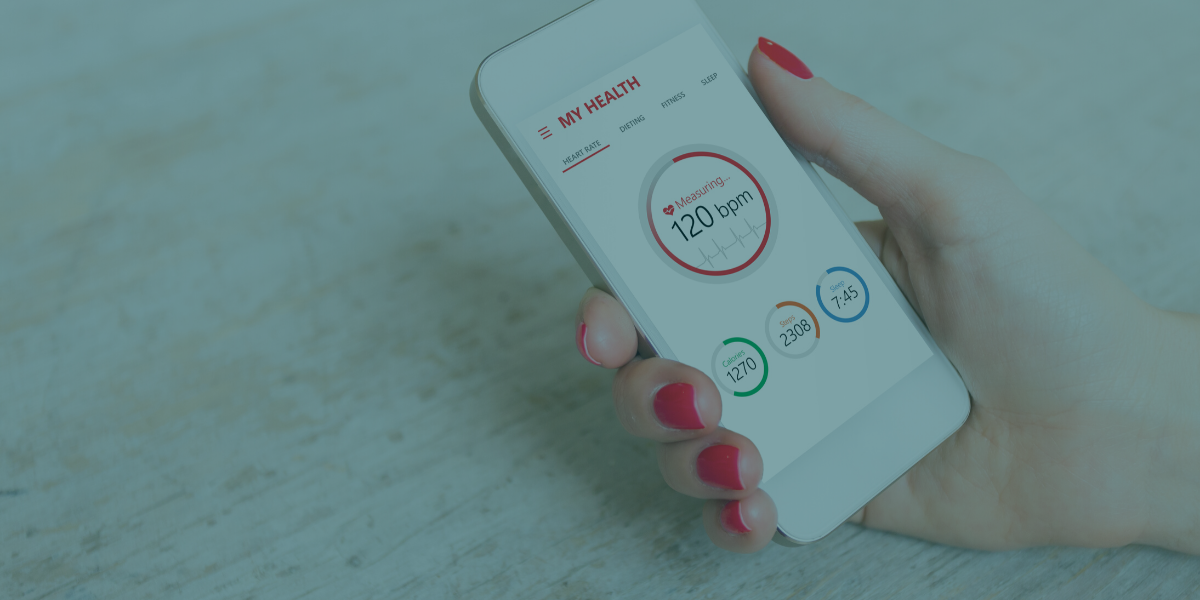COVID-19 is accelerating the adoption of remote patient monitoring solutions. Are you on the fast track?
May 21, 2020

The response to COVID-19 has shown that the US healthcare system is ill-equipped to address a huge spike in demand. At the most basic level, we don’t have enough beds, caregivers, or personal protective equipment. This harsh reality is forcing us to assess every aspect of our healthcare system. It’s abundantly clear that the status quo is insufficient and that we must find ways to not only navigate this current crisis but to better position ourselves for the future.
Remote patient monitoring shows great promise to increase patient care capacity now and even more later. At its core, remote patient monitoring is the use of technology to track patient health and stay connected with caregivers outside of traditional care settings. This is accomplished through the use of devices that have the ability to measure and collect health data like vital signs, weight, blood pressure, blood sugar, blood oxygen levels, heart rate, and electrocardiograms and then share that information digitally with caregivers.
These devices can be anything from a medically prescribed glucometer to a smartphone application that uses Bluetooth to collect readings from a home’s smart weight scale and prompts Alexa to ask clinically relevant questions every morning. For more specific examples, check out this blog highlighting a few medical device manufacturers that are transforming cardiac care with remote patient monitoring.
The goal of all remote patient monitoring programs is to improve adherence (medications, therapy activities, lifestyle changes, etc.), curb readmissions, and improve patient outcomes. When done right, remote patient monitoring can also have a positive impact on patient experience by improving their understanding and feeling of “connectedness” while reducing the amount of time they spend traveling to receive care. By all accounts, remote patient monitoring is one of the primary examples of how technology can be leveraged effectively to address healthcare’s quadruple aim: enhancing patient experience, improving population health, reducing costs, and improving the work-life of health care providers.
Unfortunately, the adoption of remote patient monitoring programs has been slow. Until now, the academic papers citing improvement statistics and the pitches of energetic startup founders touting comprehensive connected programs have been met with healthcare’s standard response. That sounds great, we’d love to make that part of our strategic focus moving forward. Now can I please get back to addressing the immediate fires in front of me?
COVID-19 disease has accelerated remote patient monitoring programs from nice-to-have to absolutely essential. The main reason? Their ability to increase the volume of patients that can be managed and cared for per caregiver. Remote patient monitoring programs accomplish this in five primary ways. They can:
Reduce the number of in-person visits. Patients who have vital readings taken at home and are shown to be in good shape don’t need to have those readings administered in a traditional care setting.
Cut down the number of emergency readmissions. Tracking critical health data can help identify a catastrophic event before it happens. Pulling a patient back in proactively frees up the limited supply of emergency personnel to address unpreventable cases.
Allow patients to live at home longer and avoid moving into skilled nursing facilities. This frees up beds and keeps patients out of highly contagious environments.
Minimize the length of hospital stays. When critical data points can be collected outside of the hospital, the care team can move towards the desired outcome even when the patient is not present.
Improve the distribution of tasks across different personnel skill levels and allow caregivers to operate at the top of their license. The skill level required to review general remote readings is different from the skill level required to address negative readings, which is different from the skill level required to directly intervene. An effective remote patient monitoring program makes it possible to draw these lines of triage effectively.
In order to address the shortcomings made apparent by COVID-19, we have to find ways to be more efficient. The old adage, work smarter, not harder, needs to be applied here. There isn’t the time or training capacity or funding to simply grow more caregivers and build more healthcare facilities to solve our problems. Strategic use of technology to increase the maximum number of patients who can be cared for at one time is paramount.
Here at Redox, we are working hard to help healthcare organizations start using remote patient monitoring solutions that can immediately reduce the volume of in-person visits, leaving those resources available for the most in-need patients. Our partners are capable of standing up fully integrated solutions in just 2 weeks, using our rapid deployment integration infrastructure. From patient triage solutions to at-home monitoring programs of at-risk patients, there is a Redox powered application ready to help.
